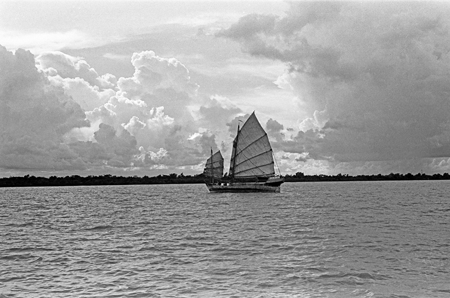
Fabrizio La Torre was born in 1921. His Italian family was passionate about art. Works were hanging from every wall and all members of the family had artistic talent, although none would consider themselves artists.
His grand-father Enrico VALENZIANI was one of the founding fathers of Italian photography: he is most famous for having taken pictures of Rome in the 1860's ranging from appearances of the Pope to Napoleon III's visit to protect the Pope against Garibaldi's hordes. Most importantly, he was the first to exhibit his work in 1889 in Rome to convince his photographer colleagues, most of them mere amateurs, that their art was a major one and should be recognized and preserved as such. The Valenziani foundation is now part of the Italian state and often organizes exhibitions.
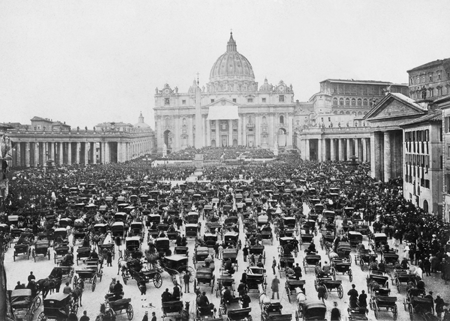
His father, Ferdinando La Torre wrote many books, one of them a study of Pope Alexander VI Borgia.
His Mother, Maria Gabriella, would spend her time painting, making pottery or designing Hermes scarves. His sister Nicoletta's works on corals and sea shells have found their way into Pierre Cardin's boutiques. As you can imagine, having talent in this environment was nothing out of the ordinary.
This explains why Fabrizio La Torre is so modest about his work: just a sudden urge to put some daily scenes, mimics or atmospheres onto film before they disappeared forever. Just a sense of duty to be "an honest witness of his time".
Five dates in particular stand out in Fabrizio La Torre's life. 1941, only 1 year after starting university, he enrolls to become Marine Officer at the naval academy of Leghorn. War is under way, for the first time he leaves the family nest and claims his adulthood. He manages to convince his superiors to grant him a special privilege: to bring his camera with him. He is removed from duty after the liberation of Venice in 1945.
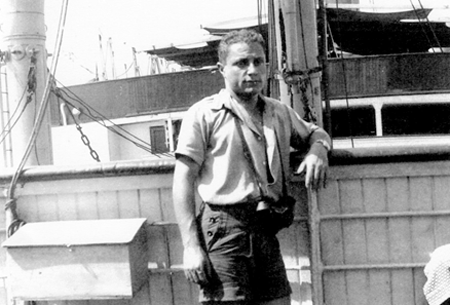
The years 1946 and 1948 mark the beginning and end of his stay in Latin America. Initially looking for work in the marine trade, he ends up coming back no richer than before but with a sparkle in his eye from the discovery of foreign lands. His tarnished finances do not allow him to dedicate himself to his passion. He swears to himself that he will go nowhere else without an adequate camera and reels.
He has to wait until 1955 an opportunity for a long journey arose again. For months on end, he travels across the US and Canada, from New-York to California and from the snowy North to Saint-Laurent. His camera is with him this time, ready to snap away at the many details of this "new world".
Finally in 1956 he is offered a job that will enable him to live his dream. He is hired by an Italian company which works out of Thailand. He is granted 5 years to discover this land. Tourism has not yet boomed in the area and Western lifestyle has not yet being adopted. In his own words, this journey profoundly changed him. He returns to Rome, more serene and with a sense of balance in his life. He returns to daily life in Rome and treats his fellow contemporaries with tenderness and humaneness.
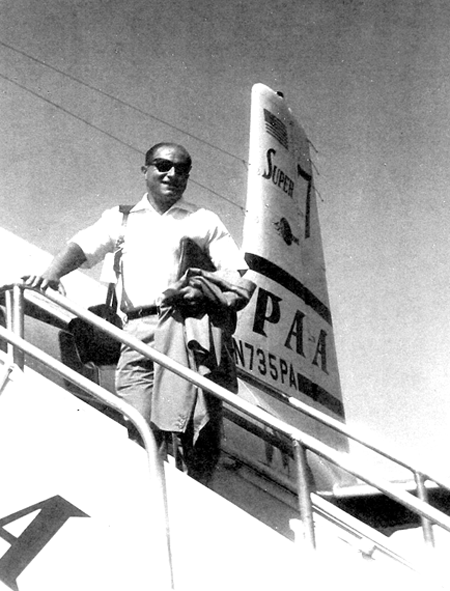
During these years, Fabrizio La Torre refuses to be considered an "artist", although he does exhibit some of his work in some galleries and publications, he often requests anonymity!
In 1964, he becomes the director of a Japanese airline company. This enables him to visit the country 32 times in total. He stays there until his retirement in 1981. His professional responsibilities, constant traveling and, as he admits it, a certain "shyness" of colour pictures, push him away from his detailed work with photography. The camera is never far away, but is used as a visual notepad more than an artistic tool.
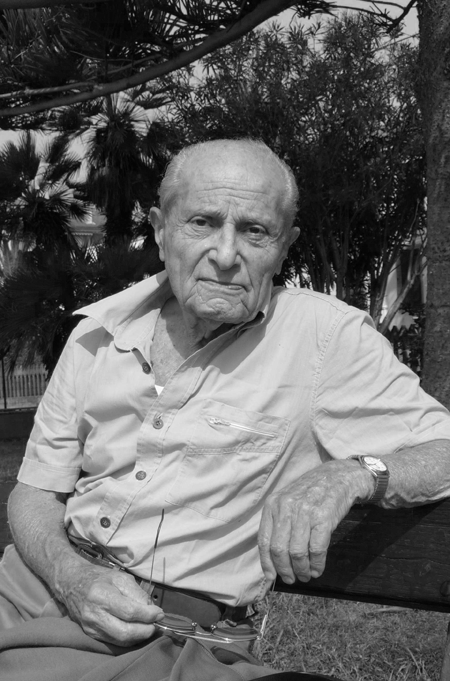
In 2008, at the request of close family member, he accepts to reveal his work to the public and that his negatives be restored. 2010 saw his first exhibition take place at the Italian Institute of Culture, in Paris . This was followed by two more: one in Brussels' FNAC and another in the Musée d'Ixelles (Brussels).
Since retirement, Fabrizio La Torre has being enjoying the Italian Riviera in Bordighera near San-Remo. He often comes back to Brussels to visit family and friends but also to coordinate the restoration of his archive with photography professionals (labs, print works, etc.). Recently, he had reached the age of 93 years old, and has made Brussels his permanent residence, where he lived surrounded by the comfort and affection of his close friends and relatives.
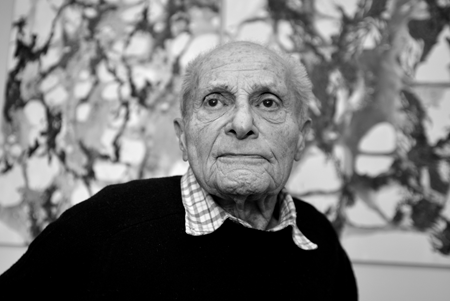
He died in the last days of August 2014 in Brussels, working until the his last days on the completion of the recently published book and the preparation of the retrospective in Monaco. He now rests in the cemetery of Cap d'Ail, in the family vault La Torre de Stampa where he joined his parents and his sister.
In July 2014, as we completed the book, to be published on the occasion of this exhibition, we asked him with which picture he would finish the tome and the exhibition. His response was immediate and precise: this photo of a junk boat sailing to sea, while a beautiful ray of sunshine pierces the cloudy sky. He knew he was condemned; but for him, as for so many of us, the hope was that beyond this voyage comes a world of light and happiness.
